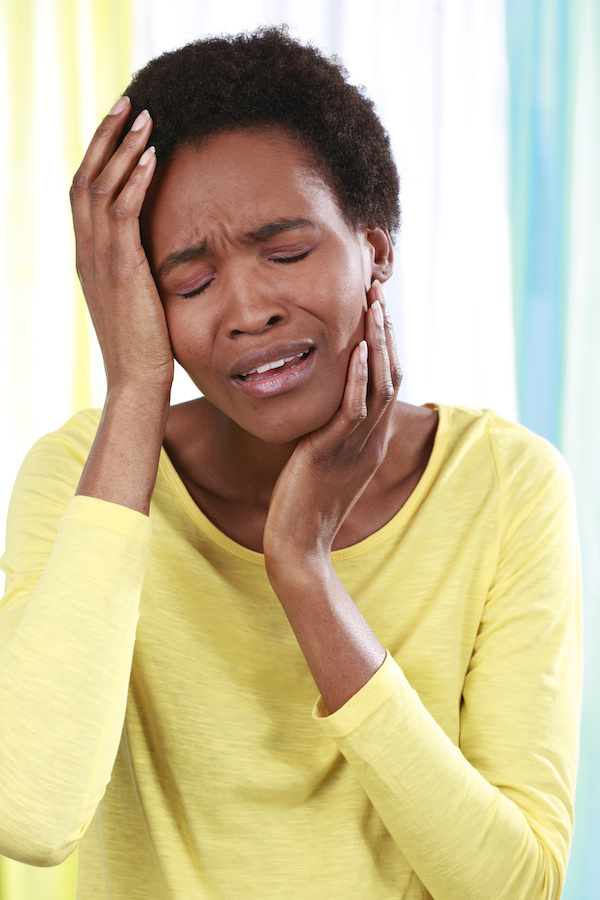Things Every African Woman Should Know About Fibroids

So what indeed is a uterine fibroid? It is a tumour that grows in the wall of the uterus. Sometimes it might be a single growth, sometimes there could be multiple.
Their size could vary….from just about the size of an apple seed to a watermelon, in some extreme cases.
They are typically not cancerous, but it is always a good idea to test the tumours once removed, just to be on the safe side.

Types Of Fibroids
i. Subserosal: these develop on the outside wall of the uterus, and typically do not affect menstrual flow, but can cause pelvic and back pain.
ii. Intramural: these are the most common fibroids, and grow from the lining of the uterus, growing inward and increasing its size. They generally lead to heavier menstrual bleeding, pelvic and back pain
iii. Submucosal: these are the least common fibroids, and by far the most problematic.
They are located inside the uterus and may protrude into the uterus Even the smallest ones can cause very heavy bleeding and prolonged periods.

It is unknown what exactly causes fibroids, but their growth has been linked to estrogen dominance. They are more common with women of childbearing age.
Women of afro origin (African, African-American, Caribbean, etc.) are 3 times more likely to develop this condition, with fibroids occurring at a younger age, grow more aggressively, and displaying more symptoms. In general, as many as 3 out of 4 women have uterine fibroids in their lifetime, but most do not display any symptoms and go undiagnosed.
Their growth patterns tend to vary, some grow slowly, some rapidly, and some remain the same size. Some fibroids have periodic growth spurts, and some shrink on their own accord.
On a number of occasions, fibroids tend to shrink or disappear after pregnancy, as the uterus goes back to a normal size. They also typically tend to shrink, or stop growing, after menopause, when the level of estrogen decreases dramatically.

Other factors that affect the development of uterine fibroids include early menstruation (women whose periods start before age 10 are more likely to have fibroids), birth control pills (women on the pill are less likely to), and family history (women with mothers, sisters, and even aunts, with a history of uterine fibroids have a greater likelihood to develop them).
In summary, if you have uterine fibroids, if they are not precariously located, and are not affecting your life (with respect to discomfort and period frequency), you might want to have a long chat with your doctor about waiting a while before/if you remove them.
But, if you do have to remove them, in addition to the conventional surgical methods (which come with the possibility of scar tissue), there are less invasive removal methods, which are just as effective.
And if managing the fibroids is your preference, there are a lot of herbal solutions that have been proven to help with these….but to be chosen with caution.
The bottom line is that they are not the death sentence or fertility thief that they were considered only a few years ago.
Yes, there are the few who are less lucky, but with the right management and treatment, you’ll be fine!
Credit: www.thefertilechick.com



